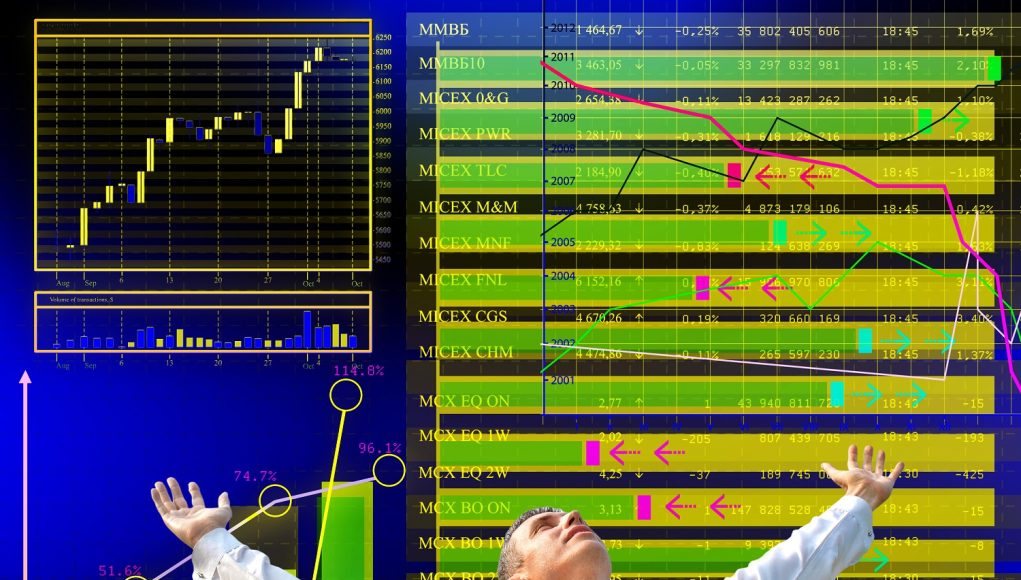Federal Reserve Chair Jerome Powell’s speech at Jackson Hole didn’t include any major announcements, but it was enough to send markets surging. Stocks rallied sharply and Treasury yields tumbled as traders rushed to price in a near-certain September rate cut—and possibly more before year-end.
Powell’s actual comments were measured. He acknowledged that current and expected conditions “may warrant adjusting our policy stance,” a modest nod toward easing after months of holding rates steady. He also flagged the Fed’s growing concern about risks to the labor market, even as tariffs may provide a temporary boost to inflation.
That nuance didn’t stop traders from running with the most dovish interpretation. According to CME’s FedWatch tool, futures markets now put the probability of a quarter-point cut in September at nearly 90%, up from about 75% earlier in the day. A December cut is viewed as all but certain, and some investors are even assigning meaningful odds to an additional move in October.
For many, Powell’s speech looked like a turning point. Analysts such as David Rosenberg argued that it opened the door to “a sequence of rate cuts ahead.” Seema Shah of Principal Asset Management said the Fed “clearly made the case for a careful, cautious resumption of rate cuts.”
But the reality is less clear-cut. Powell didn’t commit to lowering rates; he simply left the option on the table. Economists like Paul McCulley argue that it would take a deeply disappointing August jobs report—possibly showing outright job losses—to push the Fed toward anything larger than a quarter-point move. And while markets are eager to price in multiple cuts, Powell’s careful language suggests he’s leaving plenty of room to adapt based on incoming data.
That tension is why this rally carries risk. Traders may be right, and rate cuts could arrive in September, December, and beyond. But if the labor market proves resilient or inflation flares up again, the Fed may be slower to act than markets are hoping.
For now, investors have chosen optimism. Whether Powell ultimately delivers is the part markets—and portfolios—will be watching closely.







